By Luan Hanratty
Of course, we all know Hadrian’s Wall ended at Segedunum, but we’ve wrritten loads in these pages on what filled the gap between there and the sea, including the elusive fort at Blake Chesters and a possible milecastle at Adrian’s Mound where Tynemouth Road crosses Northumberland Park today.
The old antiquarians: Leland, Camden, Brand, Hodgson and Bruce wrote of an earthen rampart and ridge called the Fosse that led east all the way to Penbal Crag and roughly corresponds with the line of the Metro today. The old antiquaranians also called the northern ditch of Hadrian’s Wall, the Fosse, while Hutton, Horsley and Leland also referred to this earthwork as Severus’ Ditch. * Note that the stretch of road beside the route of Hadrian’s Wall between Walker and Byker is called the Fosseway (not to be confused with the other Roman road of the same name in the south of the country).
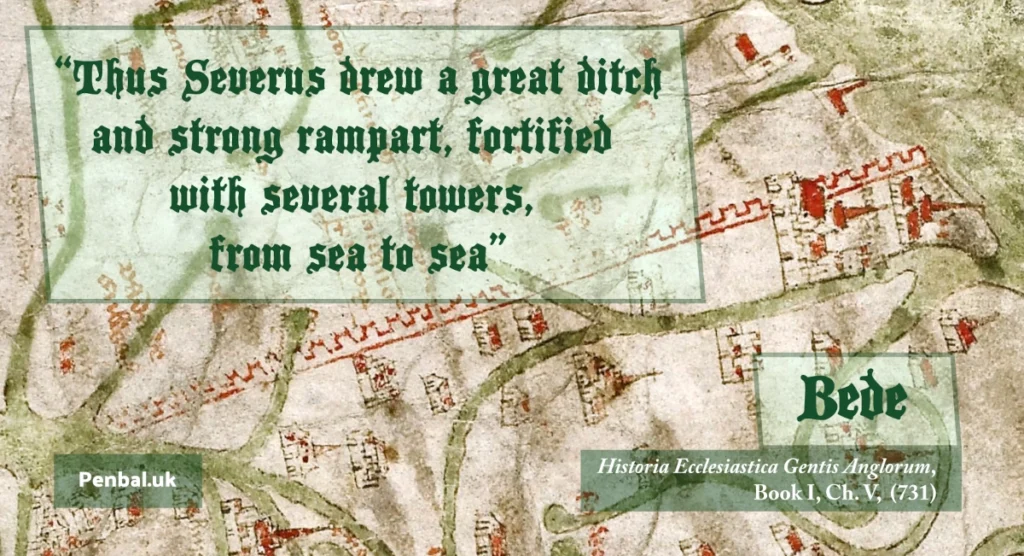
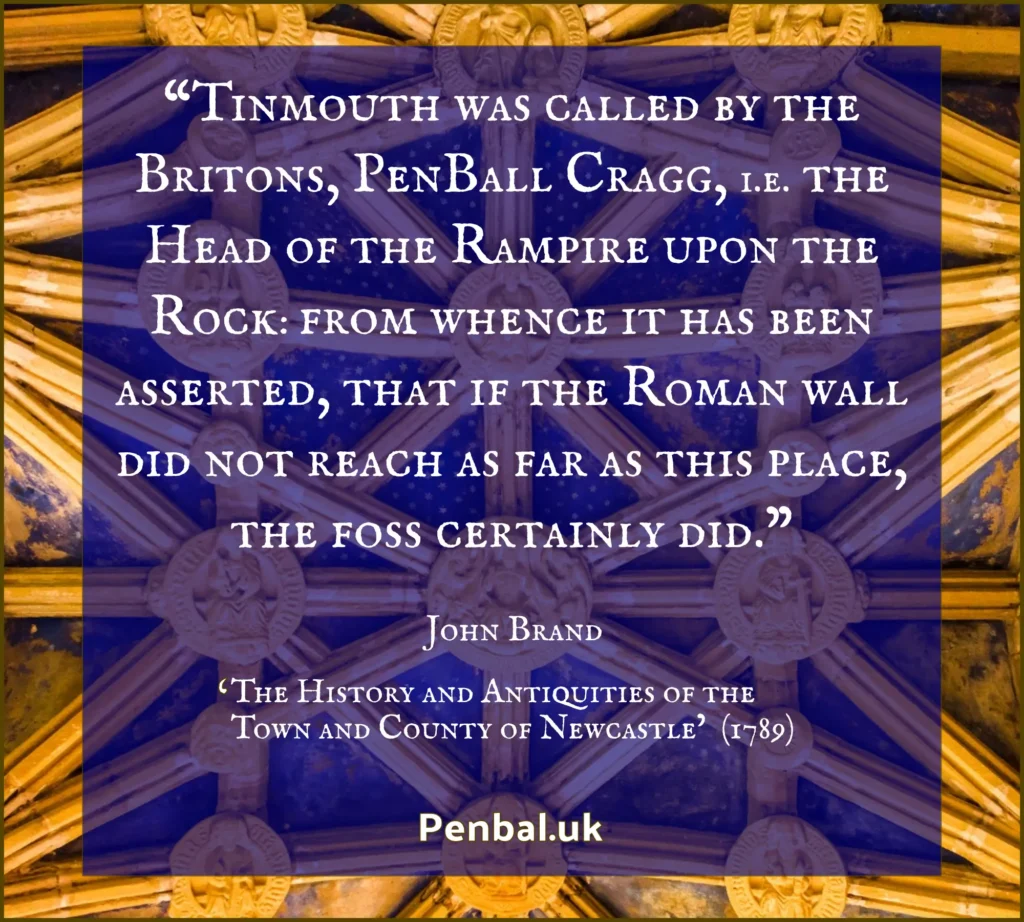
- For reference, ‘fosse’ or ffos in Welsh, is a Latin loanword that came into Old Welsh and simply means ‘ditch’. Related words are ‘fossil’, the Australian-English verb ‘to fossick’, i.e. beachcombing or prospecting for gold, and the word for ‘pit’ in French, fosse. The word ‘dig’, from a virtually unchanged Proto-Indo-European root, has given us the words ‘ditch’ and ‘dyke’ and in German, deich for pond. The semantic boundaries have always been blurred between throwing up dirt in a mound and the trench created by moving downwards in the soil.
Consider this:
- If you look at this 1875 chart of the Tyne, and zoom into Penbal Crag you can see that the area on the south side of the Priory that was a ditch before being filled in to build the Pier Approach, is called the ‘Fosse’.
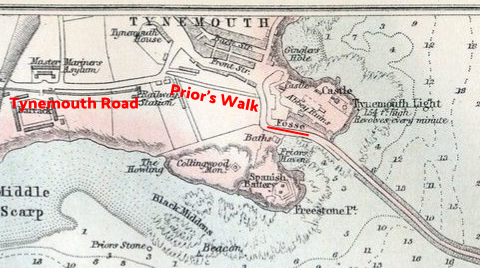
- Old maps show a drawbridge linking Tynemouth Castle and the early village, but it was further down the slope and appears more in-line with Bath Terrace than Front Street.
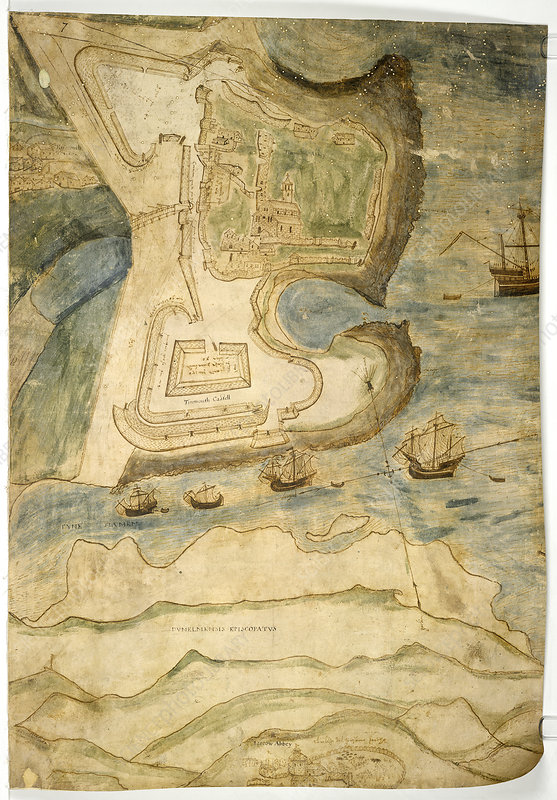
- Tynemouth Village straddles a ridge known as the Tynemouth Dyke in geological terms. The end point of this can be seen below the Pier observation platform. This is also visible along the south side of Penbal Crag on Pier Approach and follows the line of the area marked ‘Fosse’ on the 1875 chart.
The Tynemouth Dyke also manifests at the top of Manor Road where long ago the ravine in which lies Tynemouth Metro Station was the Kenners Dene Burn and this ran north to the middle of the Longsands.
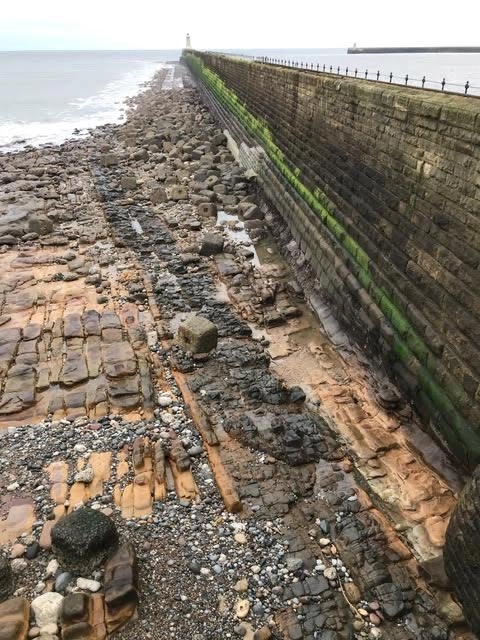
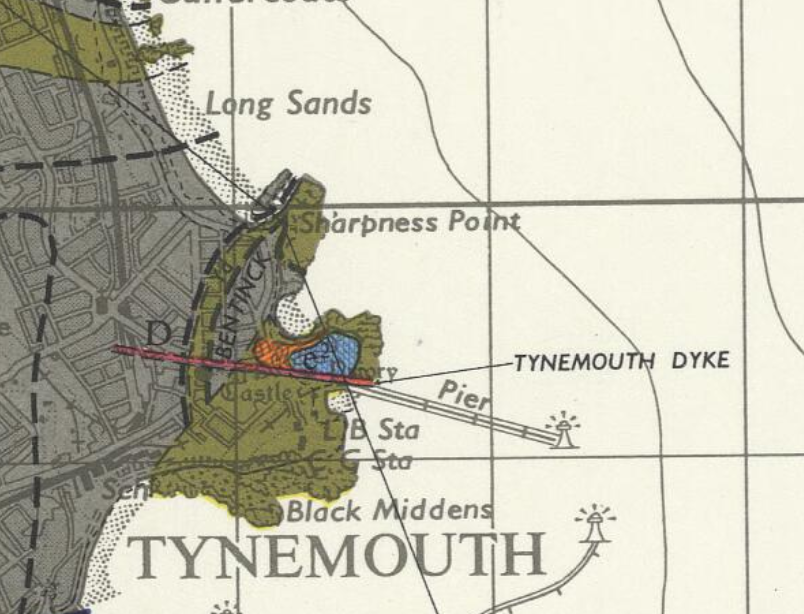
A Medieval Boundary
The monks of Tynemouth Priory farmed the land of what is now Prior’s Park and kept salmon in ponds in the gulley below it where the carpark is now. The township was allowed to grow to the north of the line of the Fosse which ran along the top of the land.
Possibly as early as the 14th century after the licence to crenallate was granted by Edward I, the monks built a thick wall and a broad walkway atop this wall to cordon off the church land and the fortified headlands from the common land of the village. This long boundary was known as Prior’s Walk and can be found today, although it is truncated since the building of Tynemouth Terrace and Tynemouth Place in the late 19th century.
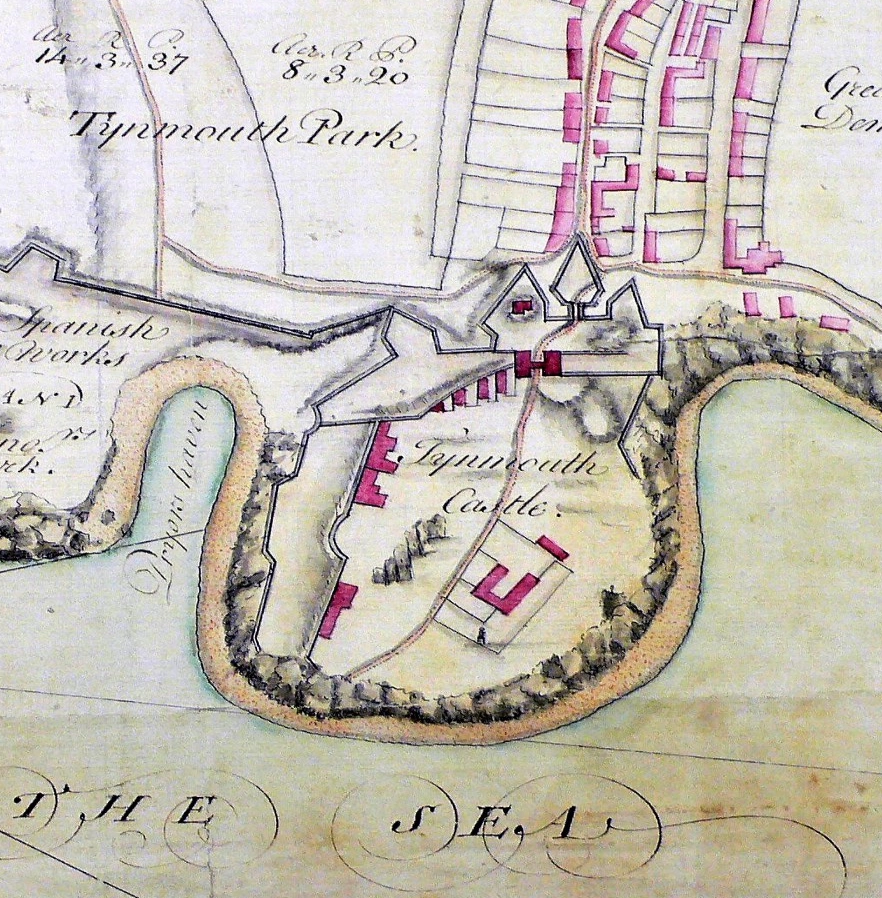
Victorian Promenade
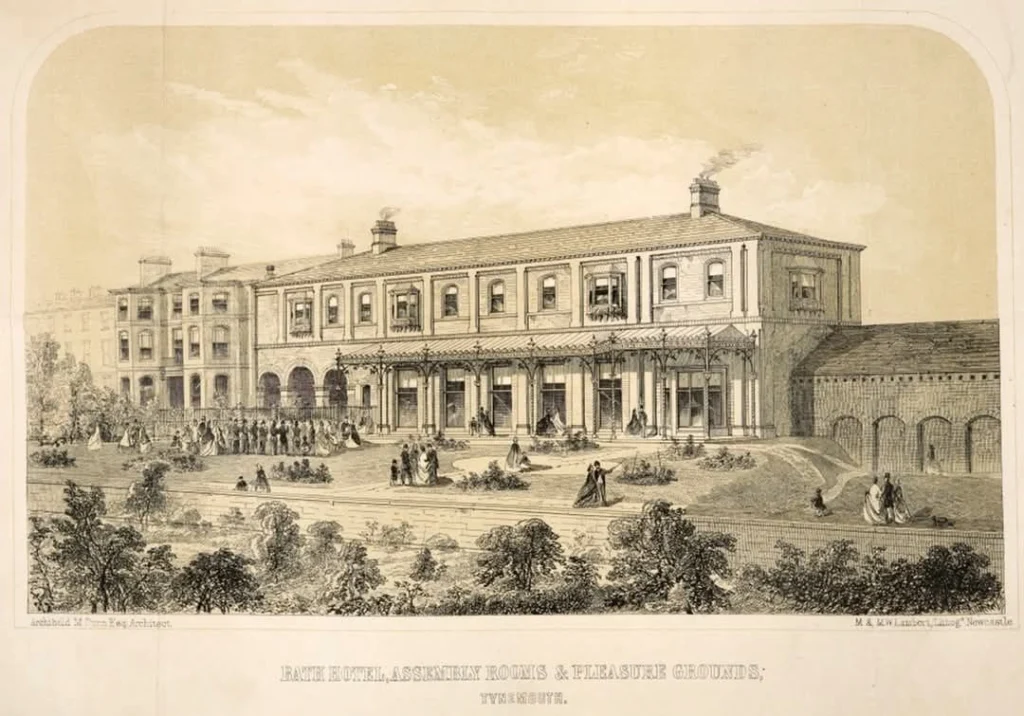
The Victorians who flocked to Tynemouth for the hot & cold saltwater baths on the Haven loved this walkway. Fashionable visitors typically lodged at the Bath Hotel and would stroll down to the beach via the promeneade.
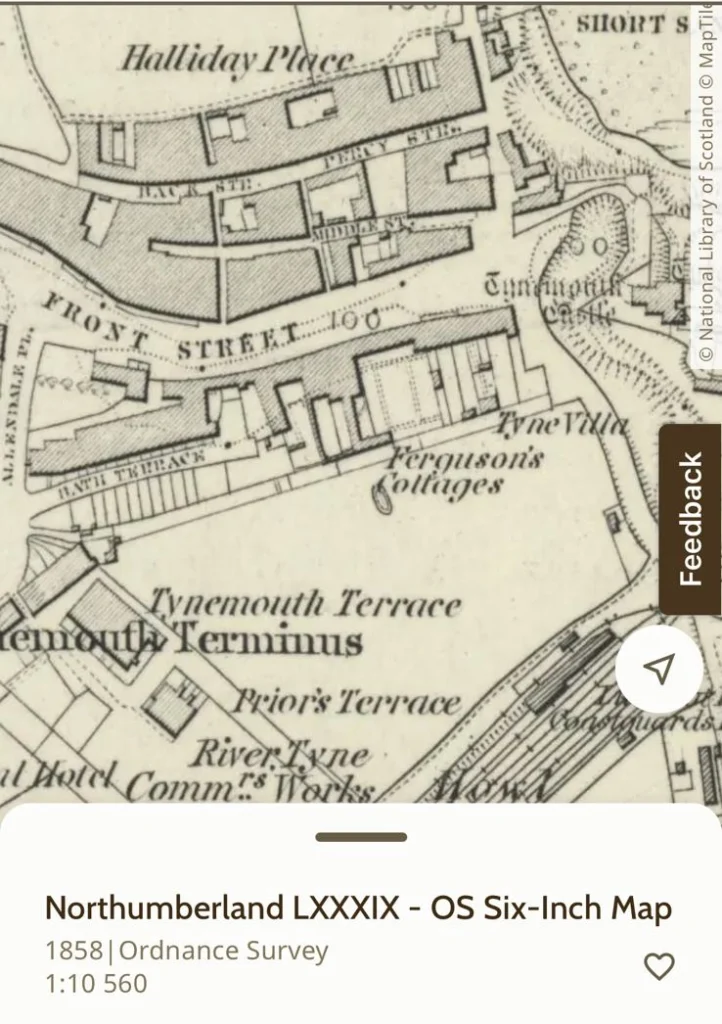
A closer look

Thanks to Sam Gray, resident of The Grove to the rear of Front Street, we got to see how the houses at the bottom of the complex are built right onto this wall and walkway.
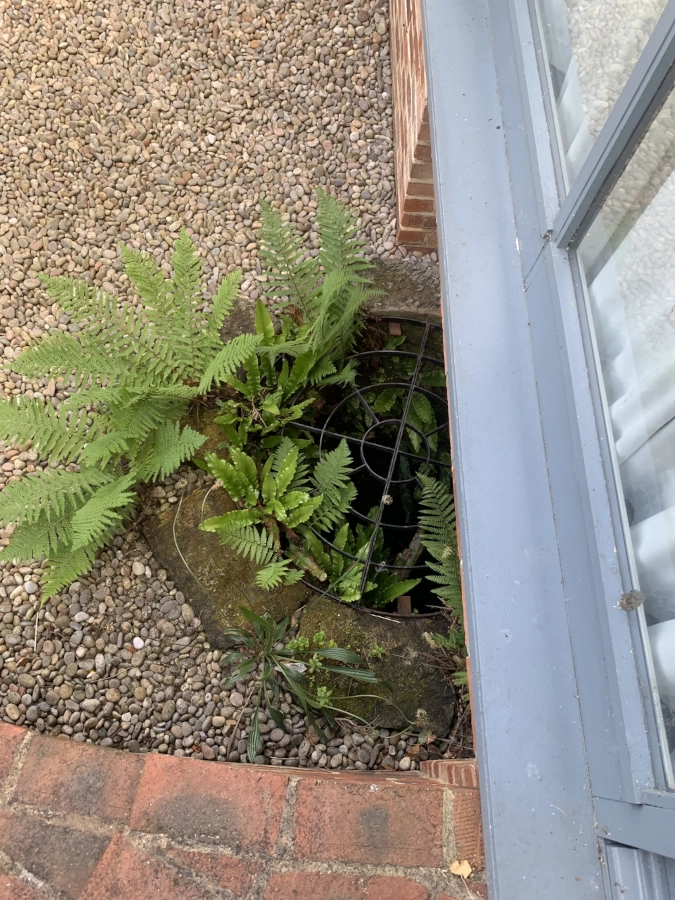
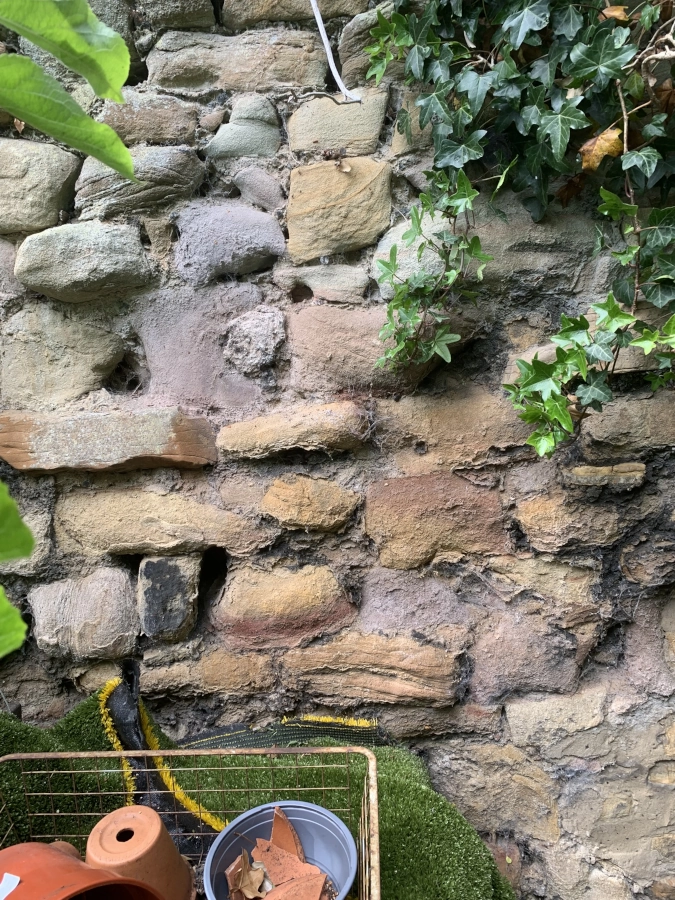
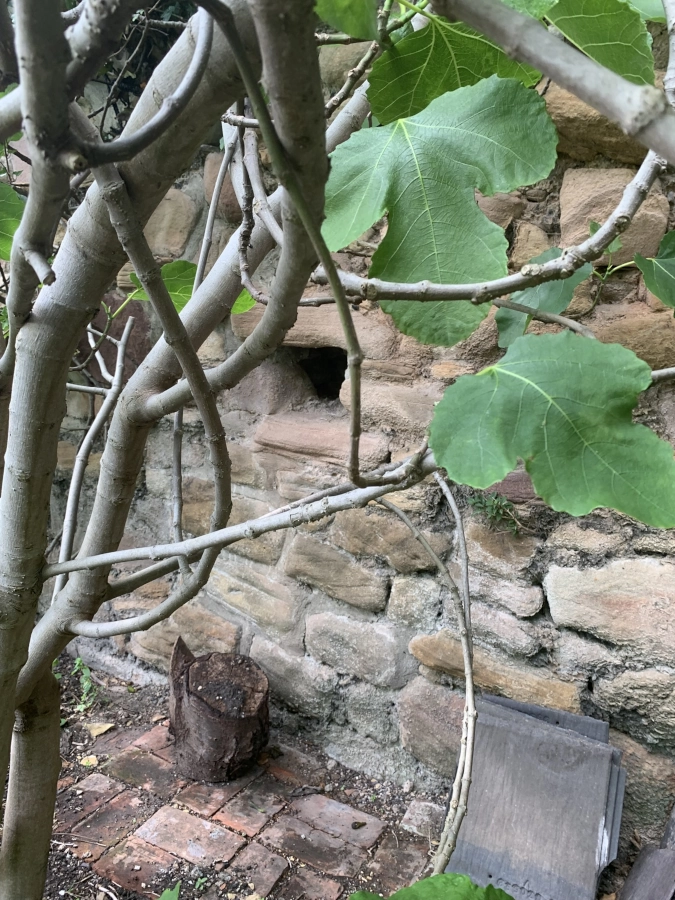
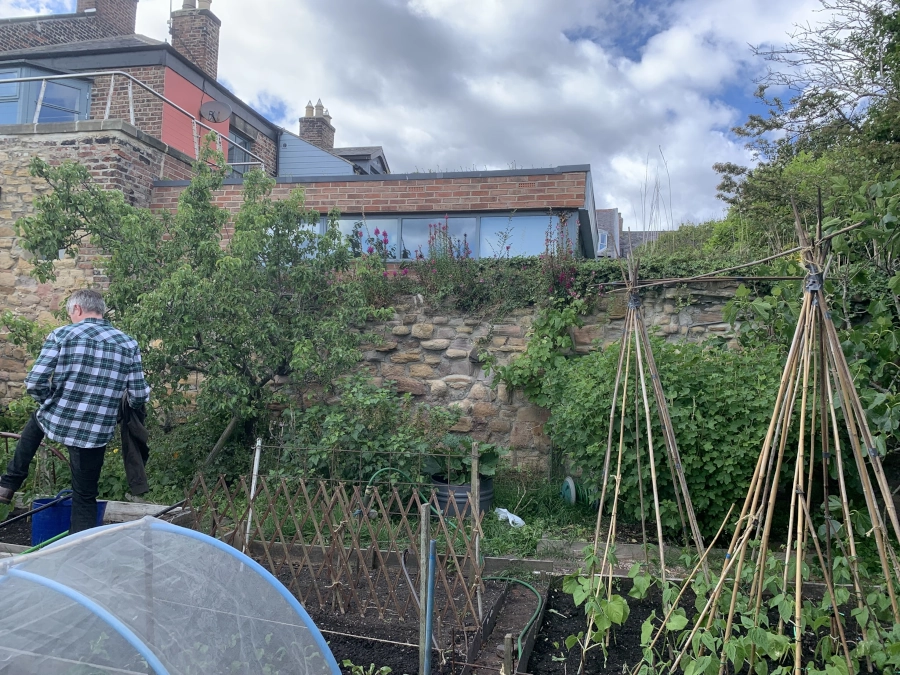
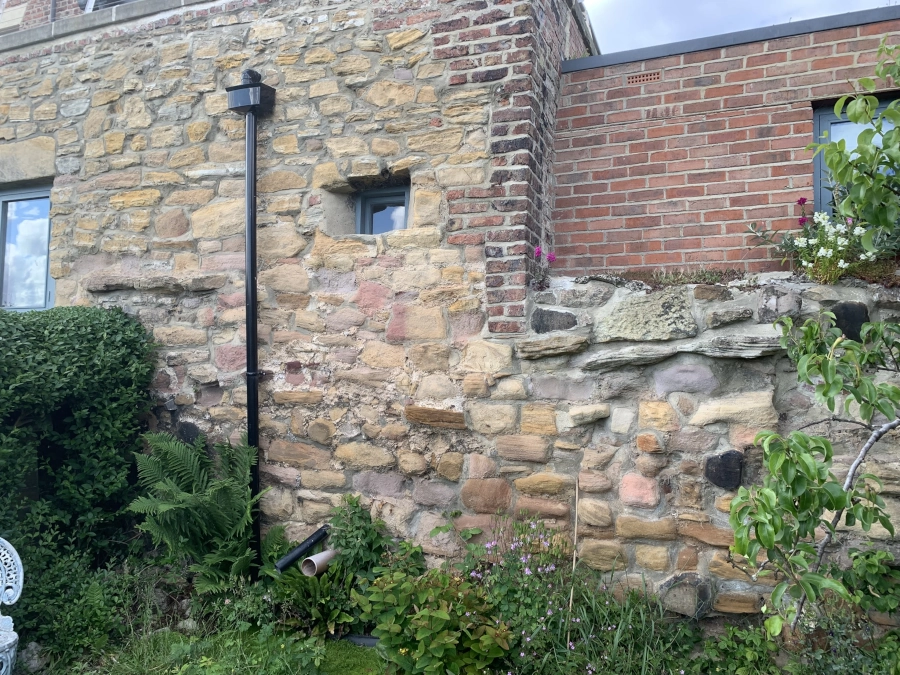
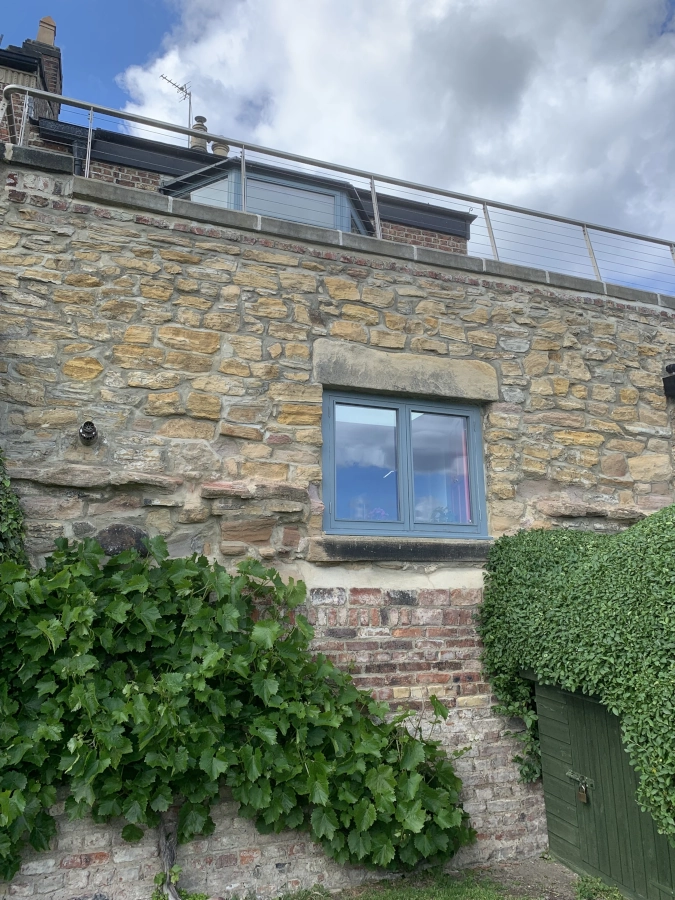
Penbal’s Theory
This wall and walkway appears to represent a very old route and boundary. I believe it sits atop the course of the Roman road into Tynemouth and onto Penbal Crag. This follows a straight line onto Tynemouth Road and ultimately all the way to Wallsend. Furhermore, I would not be surprised if the wall’s earliest foundations contain the evidence of this road that was built on the ridge of the Fosse.

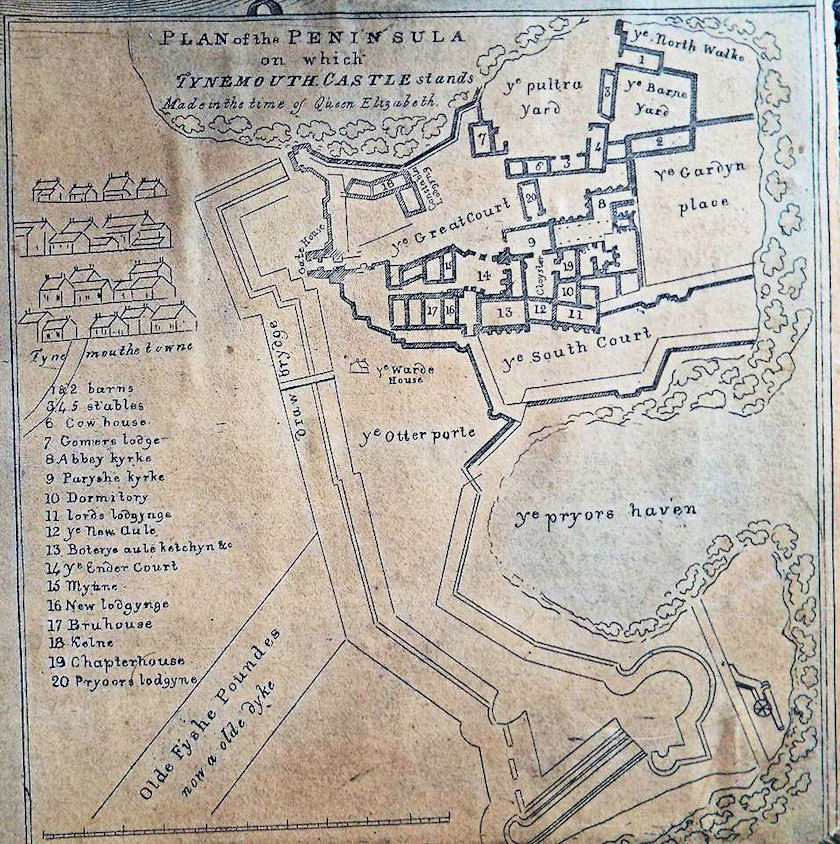

Splendid photos and ancient maps. I was brought up in Tynemouth, and your research enlarged and confirms much that I speculated. I particularly liked the 1927 Ariel photo, showing the town and the castle as it once was. The wall south from the Bath Assembly rooms, may have been in use when the kings visited, and then when foreign navy s threatened the Tyne.
The Roman presence, across 3+ centuries, must be taken as read.
“The wall south from the Bath Assembly rooms, may have been in use when the kings visited, and then when foreign navy s threatened the Tyne.”
Exactly. It was a rampart. John Brand’s old translation of the word ‘Penbal Crag’, repeated by historians after him, is: ‘Head of the Rampart on the Rock’ and that is not inaccurate.
John Leland too stated in the 16th century that: “Penbalcrag, that is, head of the vallum cliff. This place is near the end of the vallum of Severus.” As mentioned, until the 19th century historians believed Hadrian’s Wall and its northern ditch were built by Severus.
Fascinating. Thank you